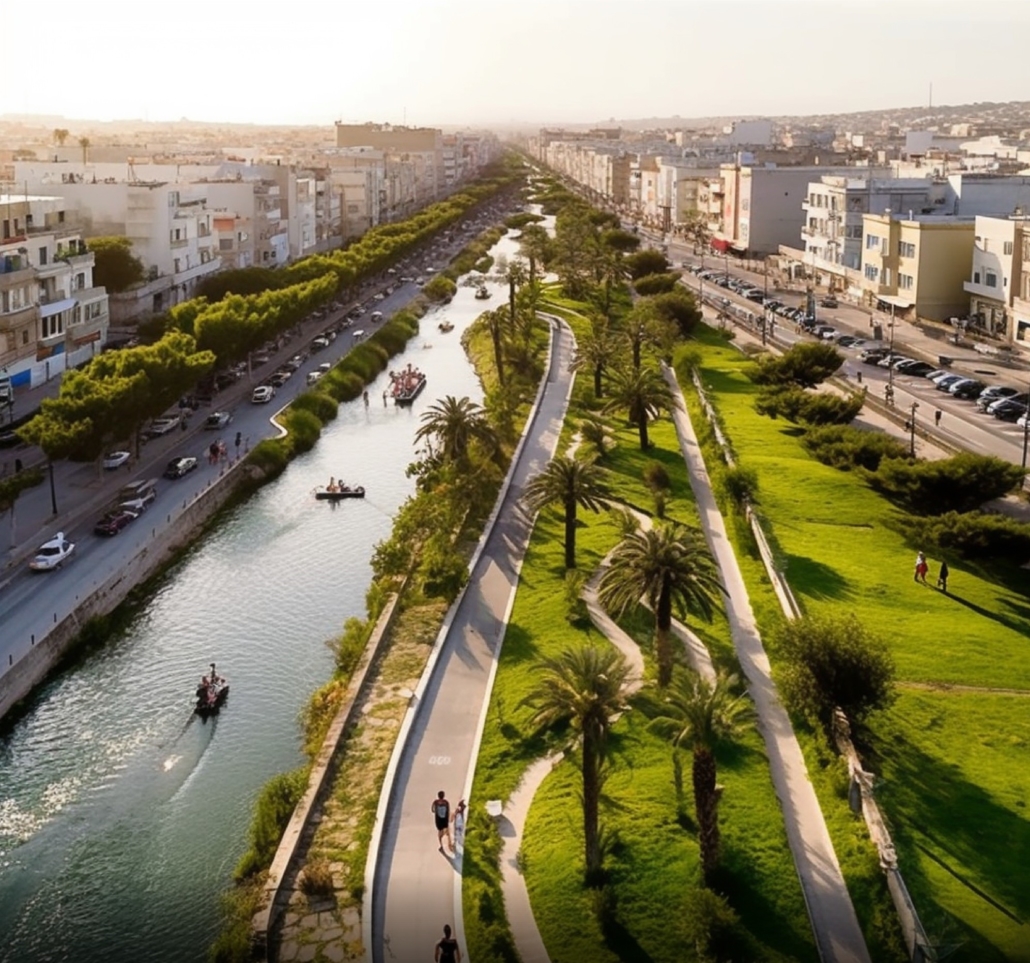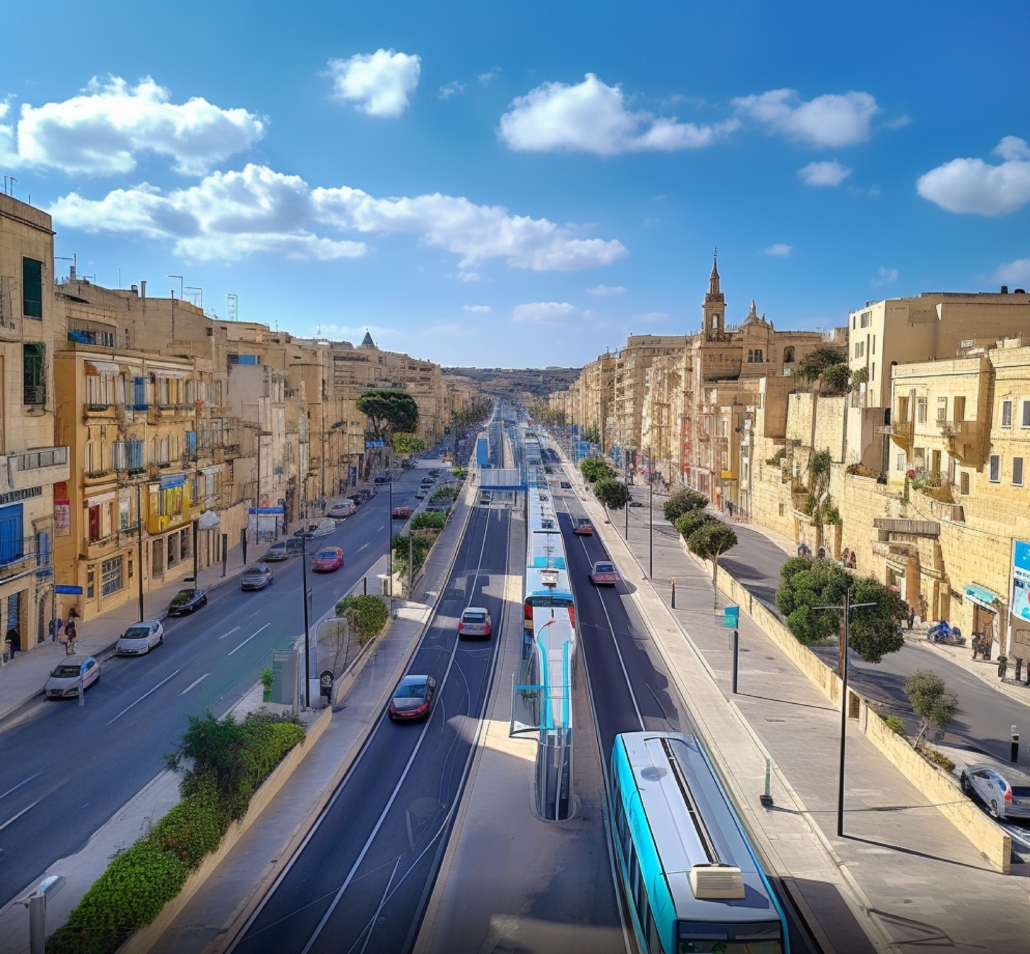Urban planning is the process of developing and designing urban areas to meet the needs of a community.
There are far too many considerations to list them all and dive into them in a blog. Yet – the practice draws from quite a few disciplines; architecture, engineering, economics, sociology, public health and more.
‘Sustainable development’ as an idea has been around since the late 20th century, as advocated by the United Nations-sponsored World Commission on Environment and Development in Our Common Future (1987).
As I discussed in my Policy Development blog, the mobility operator is once again a key stakeholder that is still being left out of the dialogue.
Enhancing efficiency and connectivity
Geographic Information Systems (GIS) have been used to map existing urban systems and attempt to project the consequences of change.
This approach is a slow-burning exercise. Whereupon historic data may no longer be relevant with the rapid change in consumer behaviour in relation to their mobility use.
Once again, real-time data that mobility platforms and operators have access to can be evaluated, to ensure that the behaviour of the citizens who are the key stakeholders of urban planning is being taken into consideration.
It’s currently estimated that the percentage of people living in urban areas has increased from 64% to 83% since 1950.
With cities becoming more populous, we must consider more than ‘how does one get from A to B.’ The question must consider how people navigate their urban spaces, for work, leisure, shopping, dining out and so on.
Antoine Zammit, an urban planning expert, highlighted the need for further collaboration among stakeholders in Malta at the Sustainable Transport: Adaption and Resilience in the Maltese Islands conference.
Leveraging the data
Mobility operators generate vast amounts of data related to usage patterns, peak hours, and popular routes. This offers valuable insights into urban mobility trends.
Urban planners can leverage this data to make informed decisions. Such as optimising public transportation routes, identifying gaps in infrastructure, and implementing demand-responsive services.
Tying in with the same pain points addressed with policy development, mobility platforms need to be integrated into the process of urban planning.
We have the data to validate decisions and provide guidance and evaluation of emerging trends. Ensuring that we can contribute to the acceleration of decision-making and improving the quality of life for citizens.
Poor infrastructure, congestion, and long driving distances negatively contribute to the quality of life. The more people who can move around without cars, the better for everyone.
Collaborative efforts can lead to optimised routes, reduced congestion, and increased connectivity. This will result in a more efficient and seamless urban mobility experience.
Addressing diversifying mobility needs
Since 2013, the SUMP model has been recognised as the new approach to urban mobility planning.
The model encompasses eight crucial principles:
- Plan for sustainable mobility in the entire ‘functional city’.
- Cooperate across institutional boundaries.
- Involve citizens and stakeholders.
- Assess current and future performance.
- Define a long-term vision and clear implementation plan.
- Develop all transport modes in an integrated manner.
- Arrange for monitoring and evaluation.
- Assure quality.
While the model has been around for a decade, and we’ve seen partial success in the adoption of the model in Spain, we’re still miles off. The lack of a common agency, institution, observatory or other organisation. It is not easy to know and confirm the successful implementation of this model.
An inclusive and sustainable transportation ecosystem
Mobility as a Service (MaaS) is developing at break-neck speed. In part thanks to the low barriers of entry in micro mobility.
With the advent of alternative forms of transport, and the low-friction, digitised access – consumers have more access than ever before. And in parallel, mobility operators have more data to evaluate than ever before.
Access to this varied data can help develop an inclusive and sustainable transportation ecosystem that caters to the needs of all residents, including commuters, tourists, and individuals with mobility challenges.
Collaborating with urban planners allows for the integration of sustainable transportation infrastructure, such as charging stations, bike lanes, and pedestrian-friendly zones, resulting in reduced carbon emissions and improved air quality.


Different generations may have varying preferences for transportation modes. Baby boomers might prefer traditional public transit. While younger generations generally favour a mix of public transit, shared mobility, and active transportation.
Mobility platforms can offer insights into the demand for different modes of transportation, allowing urban planners to design infrastructure that encourages and supports multimodal transportation choices.
By considering the diverse needs of each generation, cities can create comprehensive transportation networks that seamlessly integrate various modes of transportation.
Ensuring equitable access
Generational differences can also manifest in terms of access to transportation services. It’s important to consider that not all generations have equal access to smartphones, digital platforms, or private vehicles.
Mobility operators can provide valuable insights into areas with limited access to transportation options, helping urban planners identify areas where public transit or shared mobility services should be prioritised.
I’ve used the example of ‘food deserts’ (an urban area in which it is difficult to buy affordable or good-quality fresh food) before. The same argument still stands for mobility and the underrepresentation of access to mobility. Whether it be due to poor urban planning, lack of digital access or not having the right type of mobility available to use.
By involving mobility operators, cities can work towards creating equitable transportation systems that ensure equal access to mobility options for people of all generations.
Incorporating the diverse needs of each generation, cities can create transportation networks that meet the expectations of boomers, millennials, Gen Z, and future generations, fostering an accessible, sustainable, and technologically advanced urban mobility landscape.

